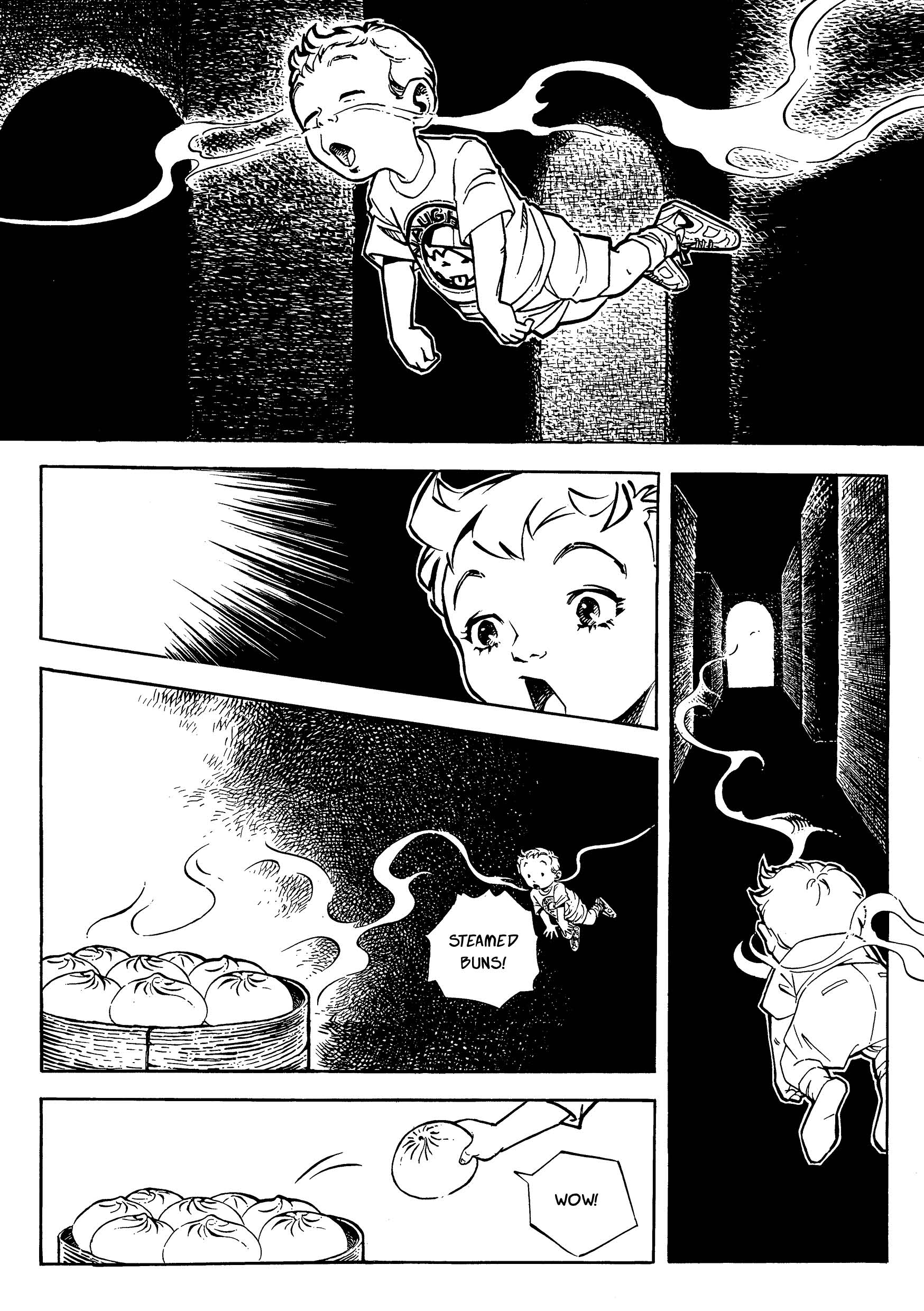Publisher: Kang Hsuan
Q: What was the collaboration process like for the author and illustrator? Did the story come first and then an illustrator was asked to draw the images, or did the two of them create the book together?
A: You could actually say that there were three parties involved in the creation of this book. Almost every year, Kang Hsuan puts out a call for picture book submissions and our team votes on the winning story. After I Don’t Want to Eat Broccoli won the prize, our editor discussed various modifications to the story with the author before inviting suitable illustrators to draft artwork for the book. An early editorial suggestion was that the illustrator should use photographs of different types of broccoli to create a collage. However, when the illustrator tried to use photographs for the entire book she was filled with a slight sense of horror, so instead she revised the brief and decided to use other materials to create the images. This added a degree of playfulness to the story and the end result was an extraordinary book that encapsulates a very personal illustration style. Our editor helped coordinate the author’s and illustrator’s ideas right up until the end when the book was finally complete. By tying together the author’s story, the illustrator’s creativity and the editor’s professionalism, the three of them were able to produce a truly wonderful picture book.
.jpg)
Q: Can you share the unusual story of how you chose the cover design?
A: The illustrator designed two covers and our editors found it difficult to choose which one to use, so on a whim we decided to conduct a poll on Kang Hsuan’s Facebook page to let readers vote on it. To our surprise, one of the covers won by an overwhelming majority and that is the cover we ended up using.
Author: Sui Ri
Q: Do you like broccoli? Why did you want to create a story about not eating broccoli?
A: I didn’t like broccoli until I was an adult. When you consider it on a visual level, broccoli’s appearance is quite unusual in the vegetable world. On several occasions when I had no choice but to eat it, I wondered whether it was the heads or the stalks of the broccoli that I disliked so much. I think it’s alright to be picky about food to a certain degree, but every now and then I feel it’s good to be flexible and give these foods another try. Maybe one day you’ll suddenly find it tastes okay.
Q: In the book, the mother gets the child to chop up the broccoli by making it into a game where the child is a barber giving the broccoli a haircut. Where did the inspiration for this come from?
A: It’s always easier to do eat food you don’t like in small mouthfuls, and making it into a game is a great way to divert a child’s attention.
Q: Did you encounter anything interesting during the creative process? Or anything frustrating?
A: The evening I sat down to edit the pages, I ate my favorite pizza and was in a pretty good mood. The illustrations hadn’t been done at that point so I imagined what the images would look like and that was the basis for separating the text into pages. It felt relaxing to split it into paragraphs and then have the words leap to the next page. I’m also used to dividing up paragraphs when I write novels and screenplays, but when you’re cutting between scenes in picture books there needs to be a concise, nimble rhythm to it. After readers finish the last line of a page, they can flip to the next page and experience a whole new atmosphere. When I’m writing novels and screenplays with big overarching structures, I occasionally find myself wishing that I could turn the page in the same brisk, straightforward way I can with a picture book. Lastly, I also felt extremely grateful when the editor sent me the vivid images that the illustrator had created.
Illustrator: Hsueh Hui-Yin
Q: What were your thoughts on reading the story? Do you worry about picky eaters too?
A: It’s a lovely story about parent-child interactions and as I was reading I immediately saw the scenes unfold in my mind. Although I can be picky about food, I still quite like broccoli.
Q: The book presents broccoli in all kinds of different ways, why did you design it like this? And which broccoli is your favorite?
A: There are some spreads in the book where broccoli fills the entire page, so the editor suggested that I use a range of source materials (physical objects, collages, drawings) to portray the broccoli and give it a richer appearance. My favorite is the broccoli where I used bubble wrap to create the pattern of the florets.
Read more:
- Sui Ri: https://booksfromtaiwan.tw/authors_info.php?id=363
- Hsueh Hui-Yin: https://booksfromtaiwan.tw/authors_info.php?id=330
- I Don't Want to Eat Broccoli: https://booksfromtaiwan.tw/books_info.php?id=378
.jpg)




.jpg)

.jpg)
5.jpg)
.jpg)
2.jpg)
.jpg)
2.jpg)
.jpg)
.jpg)
.jpg)
6.jpg)
.jpg)